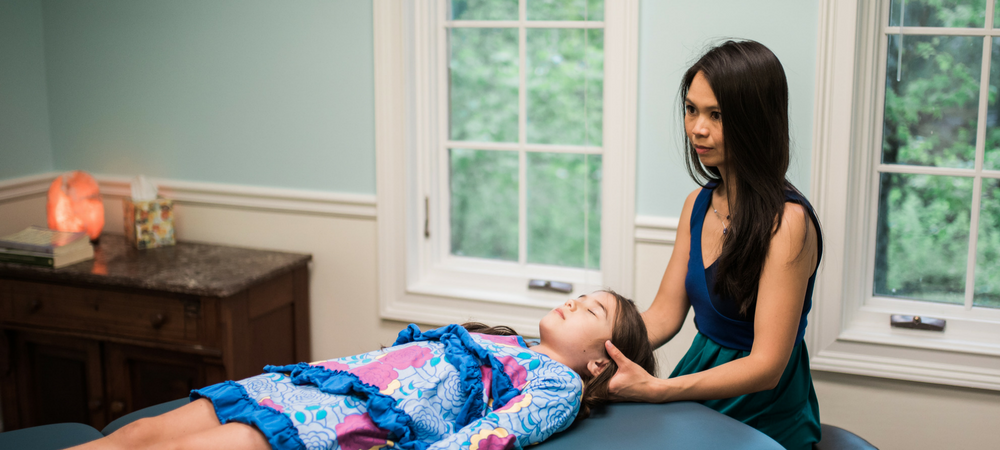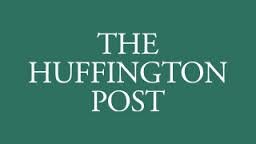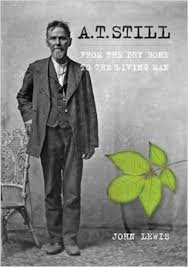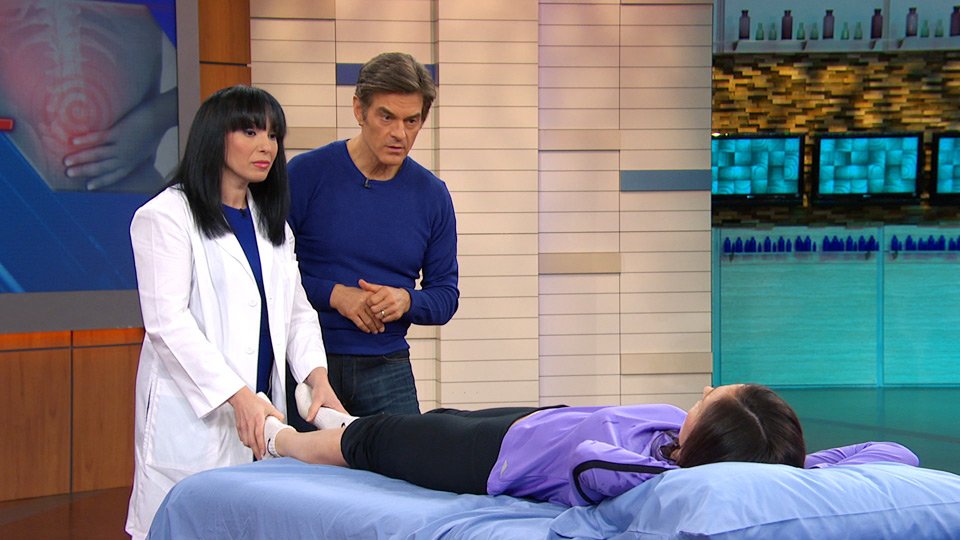
CRANIAL OSTEOPATHY
Cranial Osteopathy is the application of osteopathic principles to balance the primary rhythmic motion in our bodies.
PRINCIPLES OF OSTEOPATHY
One of the main principles of osteopathy is that the human body’s structure (anatomy) and function (physiology) are interdependent. Basically, the way your body parts are aligned affect the way your body feels. There is movement at every level of our bodies, creating a sort of “living anatomy.” This includes our pulse, breath, and brain waves that, together, are the rhythms of life.
Problems arise when something blocks the natural movement or flow – be it arterial blood flow (which brings oxygen and nutrients), venous drainage (which removes toxins), lymphatic drainage (which removes inflammation), cerebral spinal fluid flow (which nourishes the nerves), energy flow (which boosts vitality), or connective tissue tension (which links all body parts). Every cell in our body must be able to breathe. The natural breathing motion of our body’s cells, bones, tissues, and fluids is much like the ocean, including the movement of the waves, the currents, and the tide. The osteopath is highly trained to feel these subtle rhythms and remove blockages through light manipulation.
bronchitis
pneumonia
reflux
constipation
neck pain
back pain
vague or specific problems without a diagnosis
vertigo
concussions
brain injuries
seizures
headaches
sinusitis
asthma
WHAT IS CRANIAL OSTEOPATHY?
Cranial osteopathy extends the osteopathic concepts described above to focus on our most central rhythm – the cranial-sacral rhythm – which can be felt anywhere in the body. This central rhythm is like a battery from which other rhythms of the body arise. The cranial-sacral rhythm is the driving force behind all healing, even simple injuries such as a paper cut. Chronic symptoms occur when this rhythm is overwhelmed and blockages occur. Cranial osteopaths like Dr. Dijamco can address these blockages with gentle manipulation aimed at restoring the natural rhythms, so things flow freely and naturally.
The Osteopathic Cranial Academy (OCA) was established in 1947 by students of William G. Sutherland, DO, and is connected with the American Academy of Osteopathy. The OCA offers training in Cranial Osteopathy to qualified physicians and dentists via intensive post-graduate studies. Members of the OCA include DOs, MDs, dentists, as well as International Affiliates.
Sutherland, who lived from 1873 to 1954, was one of the first known to perceive a subtle motion within the cranium’s bones. He found that this motion was actually present in all body tissues and fluids. This inherent motion is a “life force” within each of us and is related to our bodies’ anatomical, physical, physiological, and energetic properties. Skilled cranial osteopaths can connect with these rhythms to address issues and improve patients’ health.
Dijamco is honored to be a faculty member for the OCA. She has been involved with the academy since 2006 and has been fortunate to have studied with various American and European cranial osteopaths, including the late Viola Frymann, DO, in La Jolla, California, and Maurice Bensoussan, MD, based in Paris, France. She has also studied with former students of the late Robert Fulford, DO, whom Andrew Weil, MD wrote about in the second chapter of his bestselling book Spontaneous Healing.
Cranial osteopathy can be used to help prevent and treat disease, as well as enhance health overall. As such, it has the potential to benefit many conditions. The following are some examples of conditions treated:
HOW CRANIAL OSTEOPATHY CAN HELP HEAL CONCUSSIONS, ADRIENNE LARKIN, JD
Author Angela Lambert recalls how countless drugs and conventionally trained doctors couldn’t figure out what to do about her horrible headache, which at one point got so bad she considered suicide. Until, that is, visits to a cranial osteopath in London significantly reduced her pain and left her “coming to life again and eating with such gusto.”
HIDDEN GEMS
Read about osteopaths in Prevention Magazine’s article: “The Best Doctors You’ve Never Heard Of.” Featured here is Dr. Daniel Shadoan, past president of The Osteopathic Cranial Academy.
-

Story in The Telegraph: Pain So Bad I Longed for Death. “Her headache was utterly unbearable, but the doctors were mystified and the countless drugs did nothing. Angela Lambert describes how, after four months of agony, she was brought back from the brink of suicide.”
Angela Lambert: “I was taking eight different drugs, some of them four times a day. The dosages got higher until my brain felt full of cement.”
-

Osteopathic manipulative therapy can significantly reduce lower-back pain after pregnancy, according to German researchers.
The therapy decreased postpartum low back pain by over 70% in women who had given birth at least three months before beginning treatment, according to a study in the Journal of the American Osteopathic Association.
-

“For months,” the baby son of British writer Ben Wakeling, “struggled his sleep.” Then he and his wife took their child to a cranial osteopath. Wakeling recalls other success stories as well.
-

Citing personal stories, the BBC reports that “cranial osteopathy really can help disturbed babies sleep at night, according to new research carried out in Manchester. The work is thought to be the first formal investigation of osteopathy in the UK … Two-thirds of the group under study saw remarkable improvements.”
-

Osteopath Aberin Fur explains to the Telegraph that “osteopathy is the treatment of the person not the pathology.” The article describes osteopathy as a long-established and well-respected area of complementary medicine whose practitioners believe that proper functioning of the body’s “structure” is central to good health. “There is a degree of intuition in our work,” says Fur, “and our skill is in our hands. But it is really about an understanding of what’s happening at tissue level.”
-

Click The Osteopathic Cranial Academy logo above for a list of research articles supporting the principles of osteopathy, the physiologic concepts of cranial osteopathy, and the effectiveness of osteopathic manipulation.
Note that much of the supporting research has been published in the Journal of the American Osteopathic Association (JAOA), which may not be included in all medical databases and so is missed by many researchers in doing literature searches. Searching the JAOA directly will enhance the results of most searches.
-

Renowned integrative physician Dr. Andrew Weil tells the story of Arizona-based osteopath Dr. Fulford in his book Spontaneous Healing.
-

In his biography of the father of osteopathy, Dr. John Lewis writes: “Andrew Taylor Still was a nonconformist, a scientist in the true sense of the word, and a deep thinker. A pioneer in thought and action, a philosopher and a philanthropist … A terrible personal tragedy – the deaths of three of his four children from meningitis – led to his disillusionment with drugs as curative agencies and consequent search for a more effective way of practicing medicine.”
R. Mitchell Hiserote, DO, chair of the Touro College of Osteopathic Medicine OMM Department, gives an “Introduction to Osteopathic Medicine” presentation to premedical students at UC Davis in 2014.
The art and science of osteopathic medicine from students’ perspective.
(Note that Dr. Dijamco is an MD who also practices osteopathic medicine.)
2016 UNE Pain Summit, Jane Carreiro, DO
No-Pill Pain Solutions, Dr. Oz Show, featuring my friend Dr. Lilia Gorodinsky
LOOK WITHIN
What lies behind us and what lies before are tiny matters compared to what lies within us. ~Ralph Waldo Emerson






